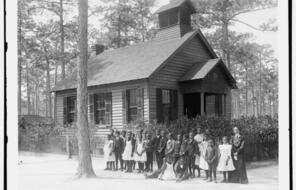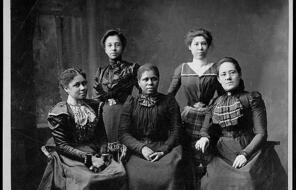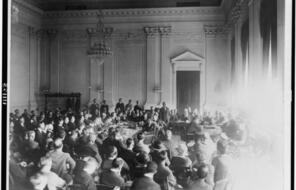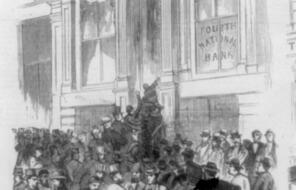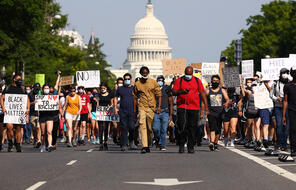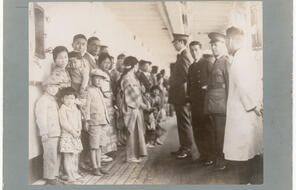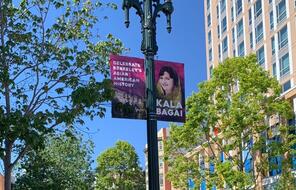Legal Challenges to Japanese American Incarceration
Subject
- History
- Social Studies
Language
English — USUpdated
Get it in Google Drive!
Get everything you need including content from this page
Get it in Google Drive!
Get everything you need including content from this page
Although most Japanese Americans complied with the army’s exclusion orders, a few decided to contest certain elements of the exclusion. Two notable challengers, Gordon Hirabayashi and Fred Korematsu, took their cases to the US Supreme Court.
Hirabayashi v. United States (1943)
As General John DeWitt, head of the Western Defense Command, made plans for the evacuation of all Japanese Americans, he ordered a curfew that affected only people of Japanese ancestry. They were required to remain in their homes between 8 pm and 6 am Gordon Hirabayashi, a US citizen, challenged DeWitt’s right to issue such an order by violating the curfew. He argued in court that a military commander cannot target one group of citizens: he must impose a curfew on everyone or no one. Hirabayashi refused to obey the incarceration order for similar reasons. After the lower courts found him guilty, he took his case to the US Supreme Court. The Supreme Court ruled that the curfew was constitutional, with Chief Justice Harlan Stone arguing that racial discrimination was justified in this case since “in time of war residents having ethnic affiliations with an invading enemy may be a greater source of danger than those of a different ancestry.” 1
Korematsu v. United States (1944)
When the evacuation order was issued in the spring of 1942, Fred Toyosaburo Korematsu changed his name and underwent plastic surgery to disguise his identity. He then took a job as a welder. In May, he was arrested in Oakland, California, for violating the curfew and failing to obey evacuation orders. After the lower courts found Korematsu guilty, he appealed his case to the Supreme Court. The Supreme Court ruled against Korematsu, relying heavily on their ruling in the Hirabayashi case. Siding with the majority opinion, Justice Frankfurter argued that the military’s evacuation order was justified by the “martial necessity arising from the danger of espionage and sabotage.” 2
Reopening Their Cases
In 1982, Gordon Hirabayashi and Fred Korematsu had the courts reopen their cases after attorney Peter Irons discovered that government lawyers had suppressed, altered, and destroyed evidence that showed incarceration was unnecessary to the nation’s security. In 1984, a California judge overturned Korematsu’s conviction. Later, the courts overturned the conviction of other Japanese Americans, including Hirabayashi. When asked why he decided to reopen his case 40 years after his original conviction, Fred Korematsu replied,
“As long as my record stands in federal court, any American citizen can be held in prison or concentration camps without trial or hearing. . . . I would like to see the government admit they were wrong and do something about it, so this will never happen again to any American citizen of any race, creed, or color.” 3
Connection Questions
- What is at issue in both the Hirabayashi and Korematsu cases? What questions were the courts trying to answer?
- How did the Supreme Court rule in both cases? What justification did it give?
- Why was correcting the record and getting his conviction overturned important to Fred Korematsu 40 years later?
- What do Korematsu’s words suggest about the way the past shapes the present? What does his statement suggest about the importance of confronting all of our history, not just our victories and achievements?
- How does this reading connect, extend, or challenge your understanding of what it means to pursue freedom and democracy in the United States?
Teach a Facing History lesson featuring this resource.
- 1"Hirabayashi v. United States", Legal Information Institute, Cornell Law School, accessed July 31, 2024.
- 2"Korematsu v. United States", Oyez, accessed July 31, 2024.
- 3Fred Korematsu quoted in “In Korematsu Lecture, Judge Edward Chen examines the lessons of Korematsu v. US for today,” NYU Law.
How to Cite This Reading
Facing History & Ourselves, “Legal Challenges to Japanese American Incarceration”, last updated September 12, 2024.

